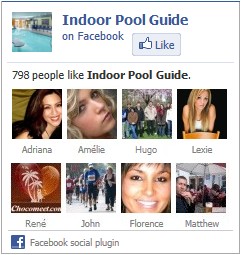
Calcium Hypochlorite (Ca(OCl)2)
Calcium hypochlorite is available in granular or tablet form. It provides 65% available chlorine by weight and remains stable if stored in a dry, cool area. The chemical can be dissolved and introduced to the pool as a liquid, or it can be added in dry form. When applied directly to the pool, it may cause a temporary cloudiness. Direct applications should be broadcast e venly over the water surface to avoid bleaching the pool bottom as a result of having a concentrated amount in one spot. This must be done when no bathers are in the pool.
This chemical, when contaminated by or mixed with an organic compound, can produce a fire. A good rule is never to mix calcium hypochlorite with another chemical or store it in anything but the original container. Mix the chemical into water not water into the chemical. Calcium hypochlorite should not be handled with bare hands and must be kept off the operator’s clothes.
As a chlorinating agent, calcium hypochlorite will slightly increase pool pH. It has a pH of 11.8. Operators of gas-chlorinated pools often keep a supply on hand for emergency use or for a quick charge when superchlorinating. Dissolved in water, calcium hypochlorite can be used as a sanitizing agent for decks and locker rooms.
Lithium Hypochlorite (LIOCl)
Lithium hypochlorite is a newer entry in the field of chlorinating agents. Its cost is greater than other hypochlorites, and it provides only about 35% available chlorine. However, the chemical is fast dissolving and totally soluble in water, and pH tends to rise more slowly with its use than with other chemicals. It has a pH of 10.7. Lithium hypochlorite should not be mixed with organic compounds, but it is safer to store and use than calcium hypochlorite.

